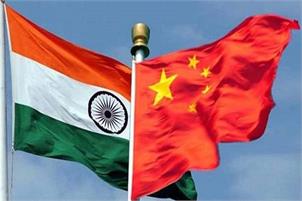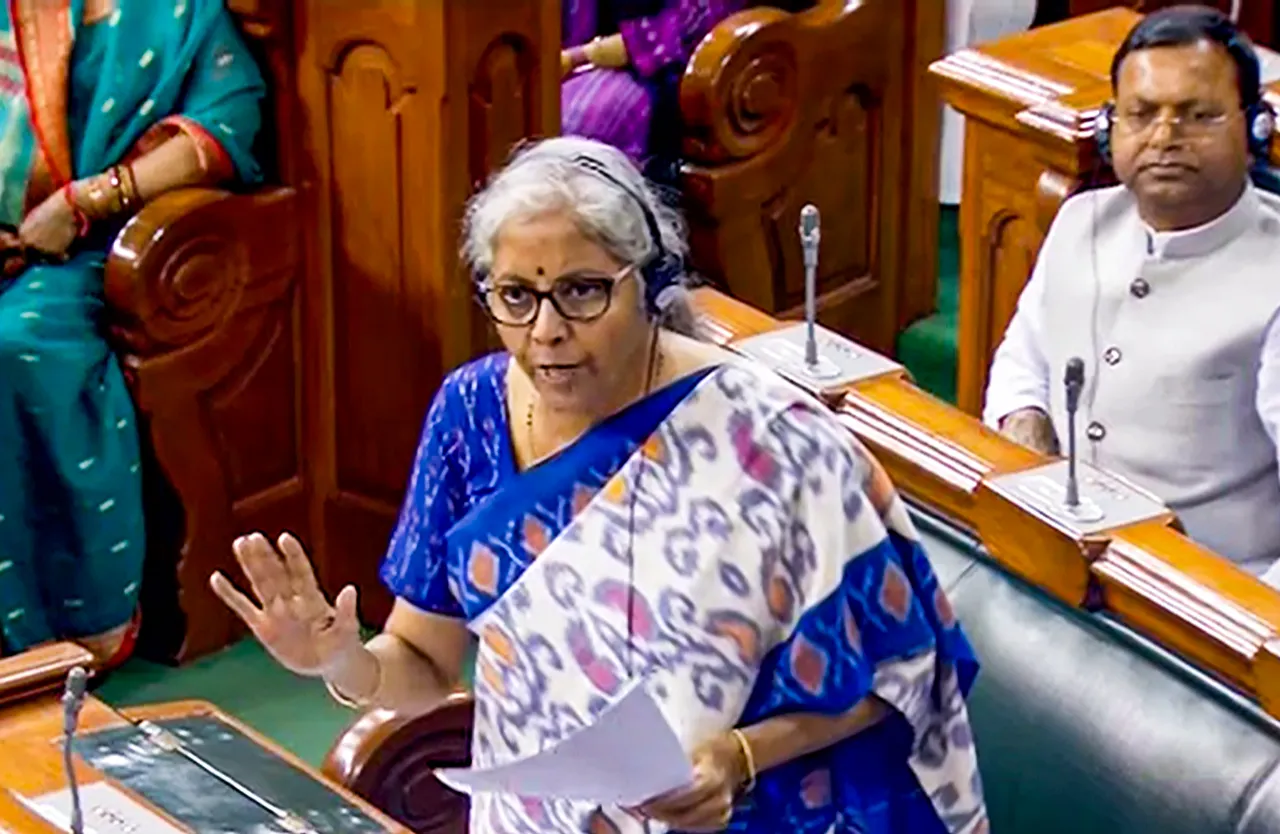United Nations, Mar 15 (PTI) Developing nations, particularly India and China, saw better than average trade expansion in the fourth quarter of 2024, a UN report has said but warned of a “potential for an economic slowdown” globally in the upcoming quarters.
The latest Global Trade Update by UN Trade and Development (UNCTAD), covering data through early March, said that global trade expanded by nearly USD 1.2 trillion in 2024, reaching USD 33 trillion—a result of a 9 per cent rise in services trade and a 2 per cent increase in goods trade.
“Developing nations, particularly China and India, saw better than average trade expansion, while many developed nations experienced trade contractions,” it said.
It said that China and India saw stronger trade momentum in Q4 2024 while the US remained a key driver.
Merchandise trade showed mixed trends among major economies in Q4 2024. China and India trade continued to increase, particularly in exports.
Conversely, export growth in South Korea decelerated, although it remained the highest among major economies on an annual basis.
In the United States, import growth remained positive in Q4 2024, while export growth turned negative. Import growth trends were negative on both a quarterly and annual basis for Japan, Russia, South Africa, and the European Union.
The report noted that India recorded an eight per cent quarterly imports growth in goods trade in Q4 2024 over the previous quarter and an annual imports growth of six per cent, while the quarterly exports growth in goods stood at 7 per cent and annual exports growth was two per cent.
Services trade continued to grow in Q4 2024, but at a slower pace compared to annual figures, suggesting that the positive trend in services trade may have plateaued for most economies. Growth in services trade remained strong for India and South Africa.
On an annual basis, services trade growth reached double-digit figures for many of the largest developing economies, while remaining at very high levels for most developed economies.
The report noted that India recorded a 7 per cent quarterly imports growth in services in Q4 2024 over the previous quarter and an annual imports growth of 10 per cent, while quarterly exports growth stood at three per cent and annual exports growth in services stood at 10 per cent.
The report said that goods trade imbalances widened during 2024, driven by a growing United States deficit and a rising Chinese surplus fuelled by strong exports and steady demand. Looking ahead, new risks loom, including trade imbalances, evolving policies, and geopolitical tensions, it said.
“Trade remains stable in early 2025, yet mounting geoeconomic tensions, protectionist policies, and trade disputes signal likely disruptions ahead,” it said.
The update warned of a potential for an economic slowdown in the upcoming quarters. In the first months of 2025, there has been a noticeable reduction in demand for container shipping, as reflected by a significant decrease in the Shanghai Containerized Freight Index.
While these indices suggest lower shipping costs, they also indicate reduced global demand for both intermediate inputs and processed goods. The decline in the SCFI points to weaker trade volumes, “signalling a slowdown in global economic activity”.
Additionally, the Baltic Dry Index, which tracks shipping rates for bulk commodities such as coal, iron ore, and grain, remains at relatively low levels compared to 2024.
“This may further suggest an incoming contraction in global trade and reduced economic activity, as lower demand for bulk shipping is typically associated with weaker industrial output and slower growth in key sectors,” it said.
The update said that “as we look further into 2025, the dynamics of international trade may shift significantly. While global economic activity is expected to maintain modest momentum, the forecast for international trade is marked by significant uncertainty, with a risk of downturn.
“In particular, the ongoing shifts in United States trade policy, concerns over global trade imbalances, and continuing geopolitical challenges are likely to negatively influence global trade growth,” it said.
Moreover, the possibility of trade policy escalations casts a shadow of uncertainty over the global trade outlook for 2025. On the other hand, the expected easing in global inflation and China’s economic stimulus for 2025—with a growth target of about 5 per cent—may provide some tailwind to global trade.
Still, several policy disruptions could impact trade and financial stability, highlighting the need for balanced policy decisions and stronger multilateral cooperation to support global trade and economic growth.
It said there is a growing trend in the implementation of protectionist trade policies, with a growing tendency to link trade measures with non-trade policy objectives.
This shift is evident in the implementation of broad new tariffs targeting specific countries, as well as more targeted tariffs affecting particular products, such as steel and aluminium.
These tariffs are expected to have significant repercussions on global and regional value chains.
“The disruptions caused by these tariffs could lead to shifts in production and sourcing patterns, as companies and countries adjust to new trade barriers and seek to mitigate the costs of these tariffs.”
The prioritisation of national concerns and the urgency to fulfil climate commitments will likely continue to shape changes in both industrial and trade policies into 2025.
A rise in trade-restrictive measures and inward-looking industrial policies designed to support the production of sustainable and environmentally friendly products is expected to negatively affect the growth of international trade, particularly in strategic sectors and critical minerals.





